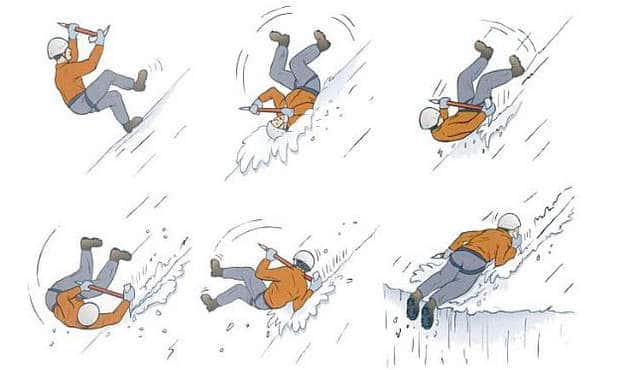
Let’s Practice Mountaineering Snow Skills – Beginner Level
Snow skills training with ice axe techniques, rope teams, and crevasse rescue methods, combined with a hike/climb- destination TBD.
Date and time may change depending on conditions.
Only first time members are welcome for this session. If you attended this type session before, please do not join and allow room for others who have not.
This is a beginner to moderate level mountaineering and snow skills training plus rescue session. Including, rope team and individual snow travel skills.
Learn best practices for:
- Safety
- Avoiding hazard
- Mitigating and managing risk
- Navigation & Route finding
- Decision making
- Rope skills
- Teamwork
- Communication
- Team and situational awareness
- Stop the fall and arrest
Might also include (discussion or hands-on):
- Setting up the anchor
- Assessing the situation and communication
- Setting up Z-system 3:1 and 5:1)
- Hauling the fallen climber
- Direct pull system
- Prusik out of a crevasse
Fundamentally, we believe in mitigating risk and avoiding the mistakes and situations that potentially lead to a fall, or error in judgement which may cause a fall or incident requiring a rescue operation.
By following best mountaineering techniques, being disciplined, and proper methods, most trips are incident-free, thus avoiding potential disasters. And therefore, avoiding situations that lead to catastrophic errors.
Should you need to recover and use your instincts/skills, this training will help increase your comfort level and overall confidence. Indeed, the more confident and the more you enjoy the trip, with less tension, the safer and more enjoyable the trip will be. Therefore, the more comfortable you and the team will be.
Our focus will be, in addition to the skills listed above:
HOW TO STOP A FALL
In the event of a fall, secure the shaft with your free hand.
Pull the ax up and in to the shoulder/chest area, and then drive the pick into the ground with full body-weight force.
If the ax is positioned properly—in the uphill hand and pick facing back—when a fall occurs, the climber will be able to jam it into the surface with the force necessary to stop the fall quickly and safely. During self-arrest, it’s important to lift your feet slightly off the ground to avoid inadvertently catching your crampons in the ice.
Location is subject to change-
- A spot along I-90
We will decide the day before based on best overall conditions and access.
What to bring:
- 10 Essentials
- Snowshoes
- Ice axe
- Microspikes and/or crampons (optional)
- Helmet
- Harness
- Clothing- layers (to keep warm and wind protection)
- Three or four season waterproof boots
- Foam pad to sit on and keep dry
Team gear provided by the organizers
- 40-60M glacier rope- dry and dynamic (optional)- we only need one per four or five people-
- Shovels (one per 3-4 people)
Note:
- Ice axes are sharp, and sliding downhill on your back can cause your head to bounce off hard things hidden in the snow. We always wear a helmet whenever we use an axe.
- Shell pants and a shell jacket. Its much easier to slide in those, and it will keep you dry and warmer- more comfortable.
Join the waitlist to be considered for this event.
Helpful Links and resources:
- Five knots to know
- Basic Knots for glacier travel
- Tie into the harness:
- Rope spacing in a rope team
- Butterfly and break knots
- Munter Hitch Belay
- Coiling excess rope
- Self-rescue from a crevasse
- Walking techniques on ice with crampons
- crevasse rescue with pulleys
- Team crevasse rescue
- Mountaineering checklist
Other information and logistics:
- NW Forrest Service Permit might be required for each vehicle, depending on destination.
- Carpooling is highly recommended.
- Directions to Trailhead: TBD
- Carpool & Meetup Location: Eastgate Park & Ride - Under the overpass!
- Event GMap URL: https://maps.app.goo.gl/SWmSvCwfBeUtmRUPA
- RSVP By: December 28, 2024
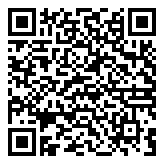


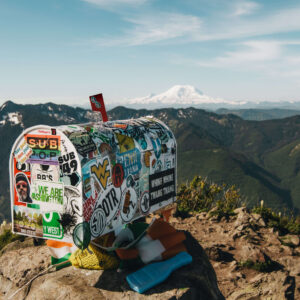
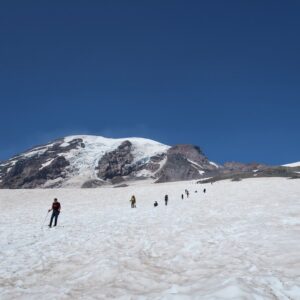
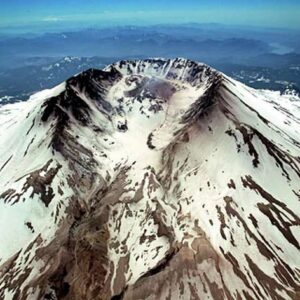
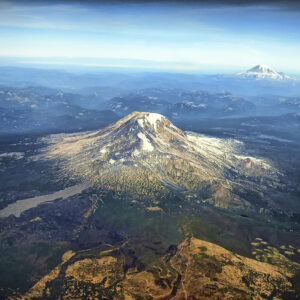

Responses